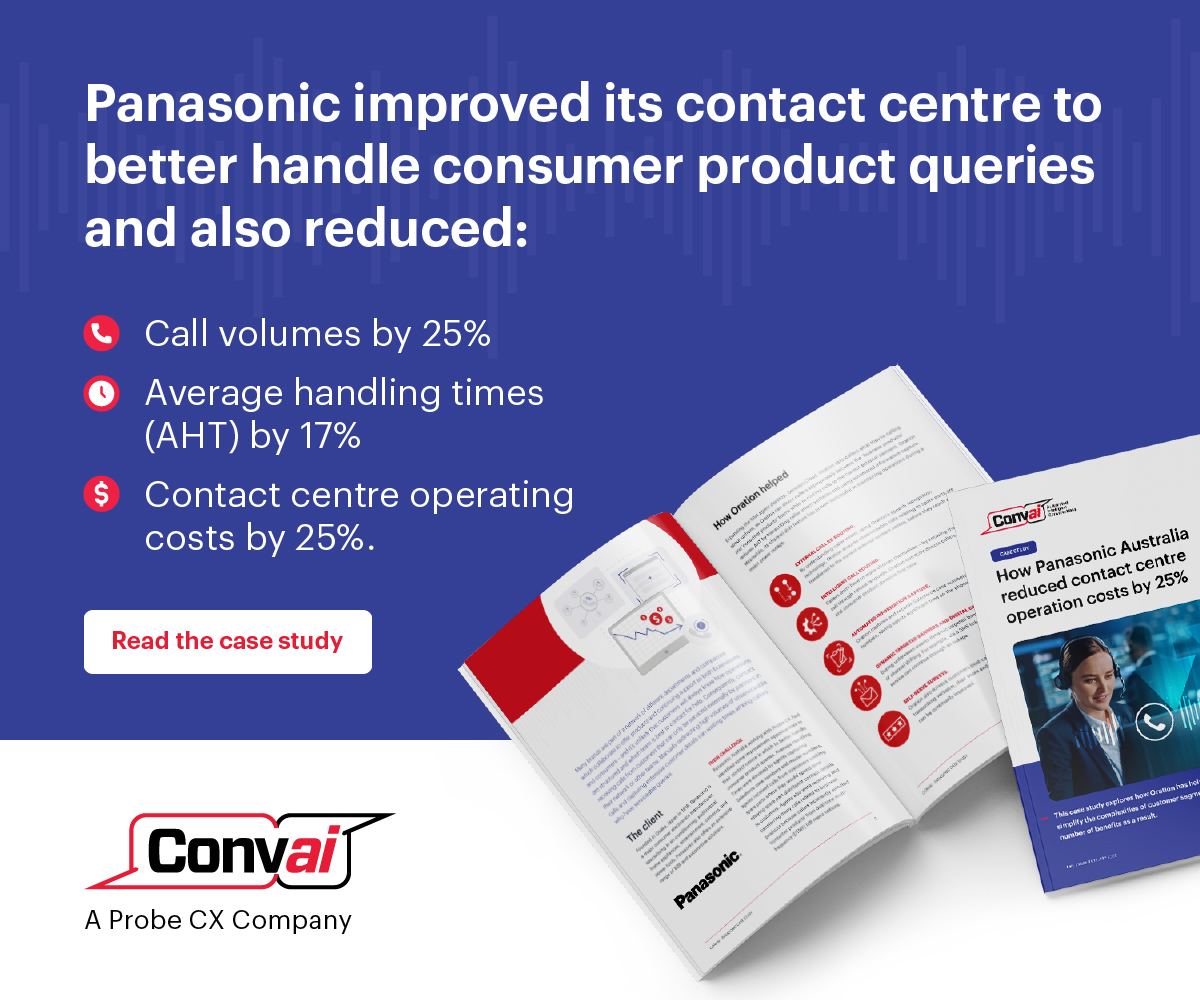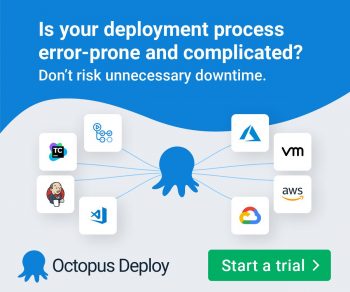So, you’ve decided to launch your online store. Good call!
First, you chose a CMS that suits your needs. You then post a couple crisp images of your goods and write up a couple concise descriptions that accompany your photos. Along with a payment processor, a good SEO strategy and some inventory, you’re opened for business…. Right? Not quite.
What is your shipping strategy?
This often-overlooked step in the process of setting up an online boutique is just as, if not more important than the previous steps described above. In fact, in 87% of the cases, when a consumer has a bad delivery experience, they do not blame the carrier, they blame the brand from which they purchased the product. All your hard work can be for naught is you’re not aligned with the right delivery partner and if you don’t have a strategy that efficiently manages your customer expectation each step of the shipping process.
Just look at Amazon – why do they control roughly 50% off all north American ecommerce revenues? Simple – they control the customer experience from A to Z. Let’s break it down.
Efficiently manage your customer expectations.
Essentially, a happy customer is a customer who receives their online purchase where and when they were promised said delivery.
With that in mind, managing customers expectations begins at checkout. While traditionally, delivery was described in fine print on a page elsewhere on the website, in today’s day and age, it is critical that your delivery offerings are clearly indicated and described directly on the checkout page. 34% of all abandoned shopping carts are related to a poor or unclear delivery service at the checkout point on a transactional website.
A clear delivery service must contain the following components:
– Cost (rule of thumb: 10% of the value of the shopping cart up to a cart value of 500$)
– Service level (speed of delivery – Same-day, next day, within 6 days…)
– Inclusions and cart thresholds (I.e – 99$ = free delivery)
– Type of service (safe drop / hand to hand)
– An area to include specific instructions
– An area to enter credentials (for carrier text messages updates etc)
– An alternative delivery address (different than the payment information)
If you’re covering these 7 points, you’re already setting up your customer with all the information they need to know when, where and how their purchase will be delivered.
Keeping your customer up to date
Now that you’ve set your customers expectations, you must fulfill your promise. 98% of band loyalty is built on post purchase experience for this step is just as critical if you want your online business to thrive.
Depending on your level of technological sophistication, you can decide at what step you want to begin updating your customer on the status of their order. Once the order is picked and boxed? Once it’s picked up by the carrier? Once it’s processed through your carrier’s sorting facility or once it on delivery?
It’s important to keep this step as transparent and simple as possible. If you’re sending a tracking hyperlink which opens an online tracking portal, make sure the tracking number is automatically populated (nothing is more irritating that having to copy/paste or write down a tracking number because your tracking link opens a generic tracking portal. Make sure that your carrier offers clear and concise statuses.
Maybe your carrier offers real time tracking. Maybe they send more than one text message (I.e when the parcel leaves the facility and when they are next on delivery) Understand what your customers experience will be and share the information on your website. Make sure your customers know what type of delivery experience they will have and when they need to expect updates.
Last 20 meters
Challenge your carrier on how they manage the last 20 meters – I.e, once they arrive at the drop-off point, how do they fulfill the customers expectations?
Do they knock on the door? Do they call?
How do they manage the delivery instructions your customer entered when they place their order?
How do they manage safe drop deliveries? Or how do they manage the parcel if a safe drop is not possible?
Finally, do they scan the parcel at the delivery point, and do they take at least one or two pictures when they complete the delivery? Understanding how the last 20 meters is just as important as every other step of the process.
Making sure you’re with the right carrier
When you chose your logistics partner, price is important but more so are the point mentioned above.
In today’s day and age, customers expectations have never been higher. Make sure your carrier is using the latest technologies to fulfill your customers needs. Audit their processes, ask questions. Understand that in the world of logistics there will always be mistakes and missed deliveries… how do they manage these cases?
The more you understand your carriers capabilities, the more accurately you can manage your customers expectations at checkout and create brand loyalty.












